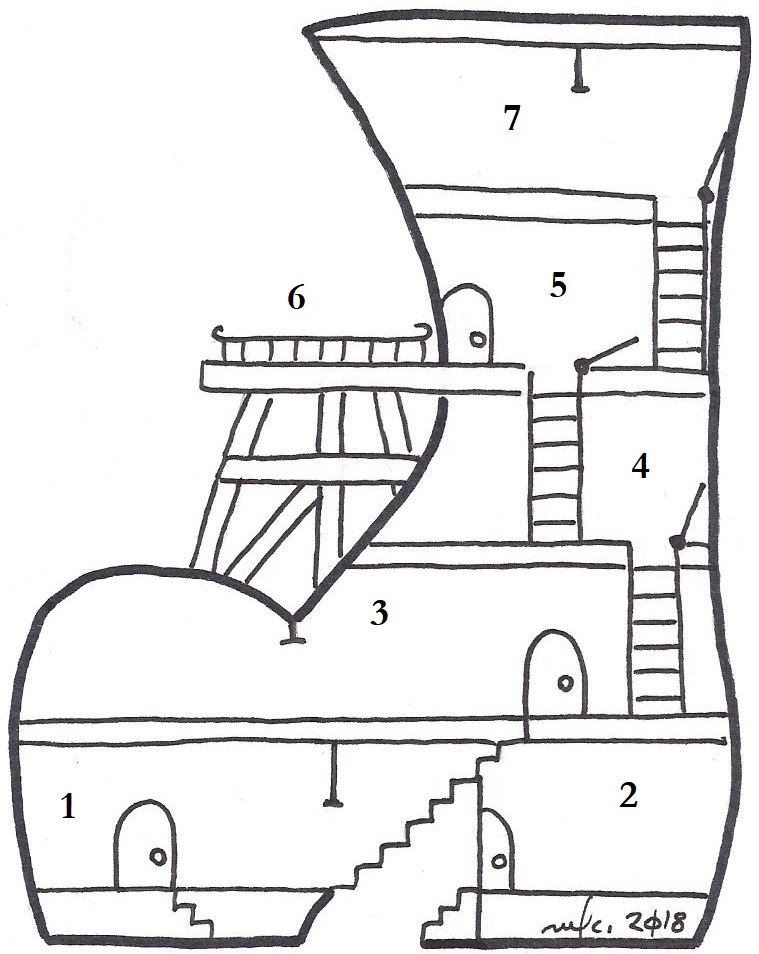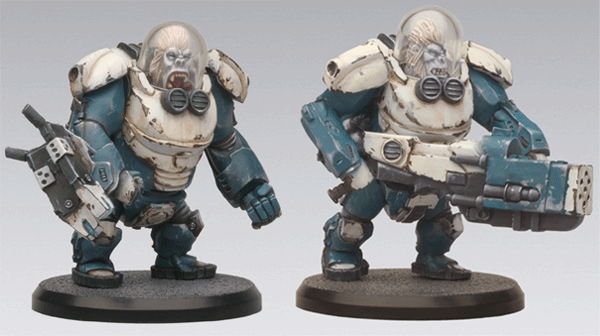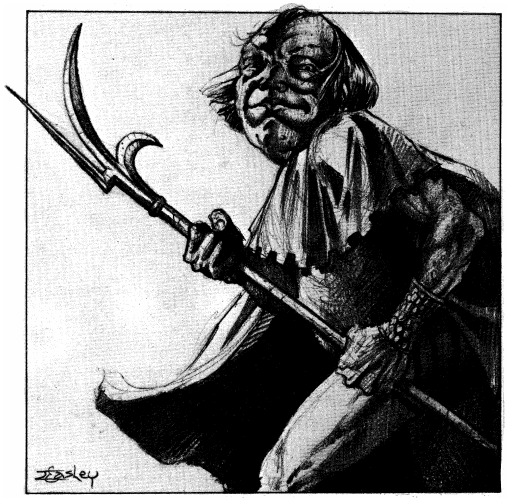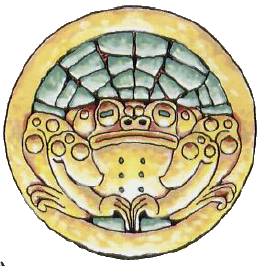And, at long last, here’s Wastri the Hopping Prophet in all his splendor!
Since Wastri is a deity, albeit a Material Plane demigod, he should almost certainly have lair actions and regional effects as well. Given his preference for swamps, the lair actions and regional effects of the ancient green dragon are a good starting point.
Wastri the Hopping Prophet
Medium humanoid (human), lawful evil
Armor Class 21
Hit Points 255 (30d8+120)
Speed 45 ft., swim 30 ft.
STR 18 (+4), DEX 22 (+6), CON 19 (+4), INT 10 (+0), WIS 20 (+5), CHA 11 (+0)
Saving Throws STR +10, DEX +12, INT +6, WIS +11, CHA +6
Damage Immunities bludgeoning, piercing, and slashing from nonmagical attacks
Skills Acrobatics +12, Athletics +10, Deception +6, Perception +11, Persuasion +6, Religion +6, Stealth +12
Senses passive Perception 21
Languages Common, Bullywug
Challenge 19 (22,000 XP)
Amphibious. Wastri can breath air and water.
Assassinate. During his first turn, Wastri has advantage on attack rolls against any creature that hasn’t taken a turn. Any hit Wastri scores against a surprised creature is a critical hit.
Bane of False Humans. As a bonus action, Wastri can expend a spell slot to cause his melee weapon attacks to magically deal an extra 10 (3d6) radiant damage to a non-human humanoid target on a hit. This benefit lasts until the end of the turn. If Wastri expends a spell slot of 2nd level or higher, the extra damage increases by 1d6 for each level above 1st.
Evasion. If Wastri is subjected to an effect that allows it to make a Dexterity saving throw to take only half damage, Wastri instead takes no damage if he succeeds on the saving throw, and only half damage if he fails.
Sneak Attack. Once per turn, Wastri deals an extra 14 (4d6) damage when he hits a target with a weapon attack and has advantage on the attack roll, or when the target is within 5 feet of an ally of Wastri that isn’t incapacitated and Wastri doesn’t have disadvantage on the attack roll.
Innate Spellcasting. As a demigod, Wastri has innate magical abilities. His innate spellcasting ability is Charisma (spell save DC 14). He can innately cast the following spells as a 15th-level caster, requiring no material components.
At will: command, comprehend languages, detect evil and good, gate, geas, teleport, true seeing
1/day each: Wastri’s croak, dampness, plague of warts
Legendary Resistance (3/Day). If the Wastri fails a saving throw, he can choose to succeed instead.
Magic Resistance. Wastri has advantage on saving throws against spells and other magical effects.
Spellcasting. Wastri is a 15th-level spellcaster. His spellcasting ability is Wisdom (spell save DC 19, +11 to hit with spell attacks). Wastri has the following cleric spells prepared:
Cantrips (at will): guidance, light, resistance, sacred flame, thaumaturgy
1st level (4 slots): bane, cure wounds, guiding bolt, protection from evil and good, sanctuary
2nd level (3 slots): hold person, protection from poison, warding bond
3rd level (3 slots): dispel magic, protection from energy, water walk
4th level (3 slots): control water, freedom of movement, guardian of faith
5th level (2 slots): insect plague, scrying
6th level (1 slot): word of recall
7th level (1 slot): symbol
8th level (1 slot): antimagic field
Standing Leap. Wastri’s long jump is up to 30 feet and its high jump is up to 15 feet, with or without a running start.
Unarmored Defense. While Wastri is wearing no armor and wielding no shield, his AC includes his Wisdom modifier.
Actions
Multiattack. Wastri makes two attacks when he takes the Attack action.
Skewer of the Impure. Melee Weapon Attack: +13 to hit, reach 10 ft., one target. Hit: 12 (1d10+7) piercing or slashing damage. Nota Bene: The Skewer of the Impure is a magic glaive. It has a +3 bonus to attack and damage rolls. It requires attunement by a human for its magic to function.
Unarmed Strike. Melee Weapon Attack: +12 to hit, reach 5 ft., one target. Hit: 9 (1d6+6) bludgeoning damage.
Conjure Frogs (Recharges after a Short or Long Rest). Wastri conjures eight giant frogs, which appear in unoccupied spaces the priest can see within 60 feet. Each beast disappears when it drops to 0 hit points. The summoned frogs are friendly to Wastri and Wastri’s companions. Roll initiative for the summoned frogs as a group, which has its own turns. They obey any verbal commands Wastri issues to them (no action required). If Wastri doesn’t any commands to them, they defend themselves from hostile creatures, but otherwise take no actions. The frogs remain until killed or until Wastri takes a short or long rest.
Legendary Actions
Wastri can take 3 legendary actions, choosing from the options below. Only one legendary action option can be used at a time and only at the end of another creature’s turn. Wastri regains spent legendary actions at the start of his turn.
Attack. Wastri makes one attack.
Cantrip. Wasti casts a cantrip.
Detect. Wastri makes a Wisdom (Perception) check.
Move. Wastri moves up to his speed without provoking opportunity attacks.
Tags: 5E D&D, Deities & Demigods, monsters





